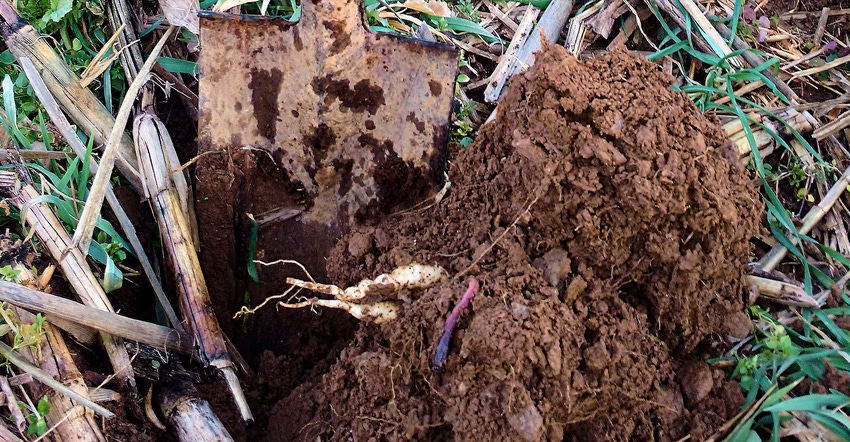January 24, 2017

It’s no secret. We all know of farmers who’ve either succeeded or failed in using cover crops. The overall key to success is how you approach the concept — your “cover crop mindset.”
If you treat your cover crops like your cash crops, you’re well on your way to best utilizing the benefits of this global movement. Through time-tested experience, we intuitively make hundreds of decisions to best manage our cash crops; it’s almost habitual. Think of how much more effective you could be if you direct the same time and thought into cover cropping as you do with cash crops.
Cover crops are growing worldwide. I believe history will eventually confirm that no other practice will have simultaneously impacted so many aspects of agriculture — from market gardeners to mega-farms, from dryland to the tropics, and from organic to conventional. Every geographical area has its challenges and successes.
Folks visiting my farm have used cover crops in tiny rooftop gardens in Manhattan, New York City, and on 125,000-acre farms in Eastern Europe. But the key reason driving cover cropping centers around soil health and its impact on water and nutrient management. Here are the four crucial mindsets:
1. Know your goal. No matter the application, identifying what you’re trying to accomplish with cover crops is the first key to success. Nutrient and water management, erosion control, increased organic matter and a host of other reasons are frequently mentioned.
Some situations involve several goals that’ll have to be prioritized. Knowing specifically what your target application is will lay the foundation for the next step.
2. Identify your proper planting window. Your planting window dictates which cover crop species to plant. The summer months provide a wide array of options for diverse cover crop mixes to express their benefits. As the days fade into fall, opportunities for mixes dwindle, making it paramount to get a cover crop planted as soon as possible after harvest.
This is one of the most important aspects of success. Seed and planting costs are the same no matter when you plant. But one day in September may be worth up to seven days of cover crop growth in October.
3. Understand down-in-earth success. Less soil erosion is simple to observe, and soil tests will eventually show increased organic matter. But the most important cover crop tool is your shovel — not necessarily your planting equipment.
You need to look at your soil and see the changes occurring as a result of regular cover crop use. More earthworms, better soil aggregation and seeing living roots in your soil after the cash crop is harvested will prove that your management is making a soil health difference.
4. Embrace a higher, deeper management level. Probably the biggest barrier to successful cover cropping is taking it seriously. It must be thought of as part of your overall crop management system. This requires an effort to educate yourself, then testing methods on a scale appropriate for your farm.
You need to be “all in” and do whatever you need to do to make it work. That learning will need to continue as new and even more productive dynamics emerge within this system. Building upon their experience, most veteran cover croppers continually tweak their system in a never-ending quest to do even better the following year.
The coach’s closer
We farmers inherently take pride in being good stewards of the soil — our most valuable asset. Investing in cover crops makes a positive impact and leaves the soil in better condition for generations that follow. That’s ultimately what makes cover cropping rewarding and fun!
Groff, who farms on the Chesapeake Bay watershed, is a cover crop pioneer and innovator. His website, covercropcoaching.com, helps train farmers on effective cover crop use.
About the Author(s)
You May Also Like




